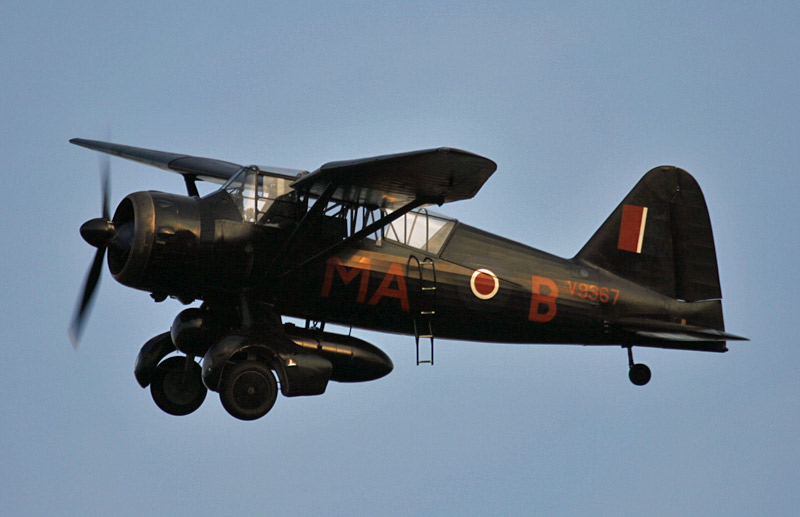
Simviation Forums
Flight Simulator and other chat

The captain is NOT having flight controls. Two pilots are sitting at controls, but the captain sits behind them, facing left.
So, between Martin Mars (that did not enter service), Latecoere 631 (which did enter service) and Saunders-Roe Princess which did not enter service, which of them would you rather fly as a passenger?


The captain is NOT having flight controls. Two pilots are sitting at controls, but the captain sits behind them, facing left.
Not sure where you read that. The flight deck sounds more like the bridge of a ship.

The captain is NOT having flight controls. Two pilots are sitting at controls, but the captain sits behind them, facing left.
During WWII the captain of large RAF aircraft could be any member of the crew & not necessarily a pilot.

During WWII the captain of large RAF aircraft could be any member of the crew & not necessarily a pilot.
Always though it came later than that, although I could understand it to a point if it happened on the Coastal Command fleet. As far as Transport and Bomber Command it was invariably the pilot AFAIK, even with NCO captains and commissioned crewmen.


During WWII the captain of large RAF aircraft could be any member of the crew & not necessarily a pilot.
Always though it came later than that, although I could understand it to a point if it happened on the Coastal Command fleet. As far as Transport and Bomber Command it was invariably the pilot AFAIK, even with NCO captains and commissioned crewmen.
I agree that the captain was usually the pilot or vice versa. I believe that Bomber Command pilots usually picked their crews during training. However, although I can't quote sources I've read several accounts in histories of RAF Bomber Command WWII operations where the navigator (for example) of a particular crew was the captain.




During WWII the captain of large RAF aircraft could be any member of the crew & not necessarily a pilot.
Always though it came later than that, although I could understand it to a point if it happened on the Coastal Command fleet. As far as Transport and Bomber Command it was invariably the pilot AFAIK, even with NCO captains and commissioned crewmen.
I agree that the captain was usually the pilot or vice versa. I believe that Bomber Command pilots usually picked their crews during training. However, although I can't quote sources I've read several accounts in histories of RAF Bomber Command WWII operations where the navigator (for example) of a particular crew was the captain.
How odd. I can understand the Nav being captain in certain situations (as they do nowadays with the Nimrod etc), but can't see what value it would have had in BC. Something I just haven't come across.
Until now. The following link refers to 1941/2, but has some interesting info (from an apparently dead forum):
http://www.rafcommands.com/cgi-bin/dcforum/dcboard.cgi?az=show_thread&om=4579&forum=DCForumID6















Return to Specific Aircraft Types
Users browsing this forum: No registered users and 179 guests